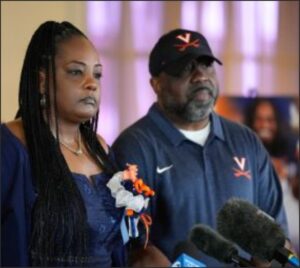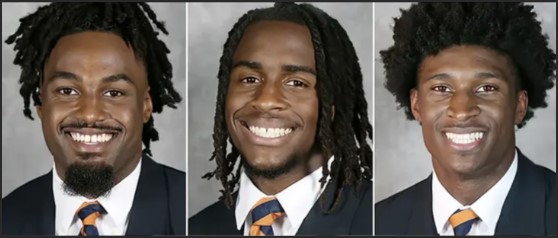 by Loren Lomasky
by Loren Lomasky
Poor University of Virginia, the bad luck just kept coming. In 2014 the campus was rocked by the story of a vicious gang rape perpetrated at one of the fraternities. “Story” is is the operative word; it transpired that the Rolling Stone expose was entirely fabricated. Three years later the alt right came to town. Although to the best of my knowledge no actual member of the university community took part in its marches, the image of troglodytic wielders ot tiki torches spreading their menace across grounds was indelibly etched into the American imagination. And then came Covid.
These were external inflictions, but on Nov. 13, 2022, the University experienced an unexpected trauma. On a bus returning from a cultural outing to Washington, DC, one student gunned down three others. UVA responded by sending teams of counselors across the campus to respond to the pain of those who had lost friends or classmates. The university has no special expertise in psychological healing, but to its credit it did what it could.
Entirely different were alterations made to the academic mission. Backed by university president James Ryan, provost Ian Baucom decreed that no graded assignments be required from students until after the Thanksgiving break, that is, the close of term. What if periodic writing papers is necessary to the integrity of the particular course? The question did not arise; upholding academic standards had no place on the administration’s priority list.
In case these measures were insufficient to calm the atmosphere, Baucom also decreed that all Fall semester classes were now Pass-No Pass. At first glance this may not seem especially radical. Almost all colleges offer an option for students to take an occasional ungraded class. Typically that option will be elected so that one can try out a subject distant from one’s major without undue risk to the gradepoint average. That, however, is not at all like what the administration imposed. First, Pass-No Pass was not an option available to some students for some courses; everyone in every course was summarily included. Second, it was not a choice between a graded or ungraded course. Rather, all students would complete the class, find out in the fullness of time what grade had been assigned to them, and only at that point choose whether to keep the grade or simply receive credit for the course. Presumably the idea behind the policy – I say “presumably” because the administration is not often inclined to spell out its reasoning – is to minimize potential anxiety. Students need not worry about receiving an undesired grade because they can simply make it go away. Continue reading







 Parents Petition to the University of Virginia Administration
Parents Petition to the University of Virginia Administration

